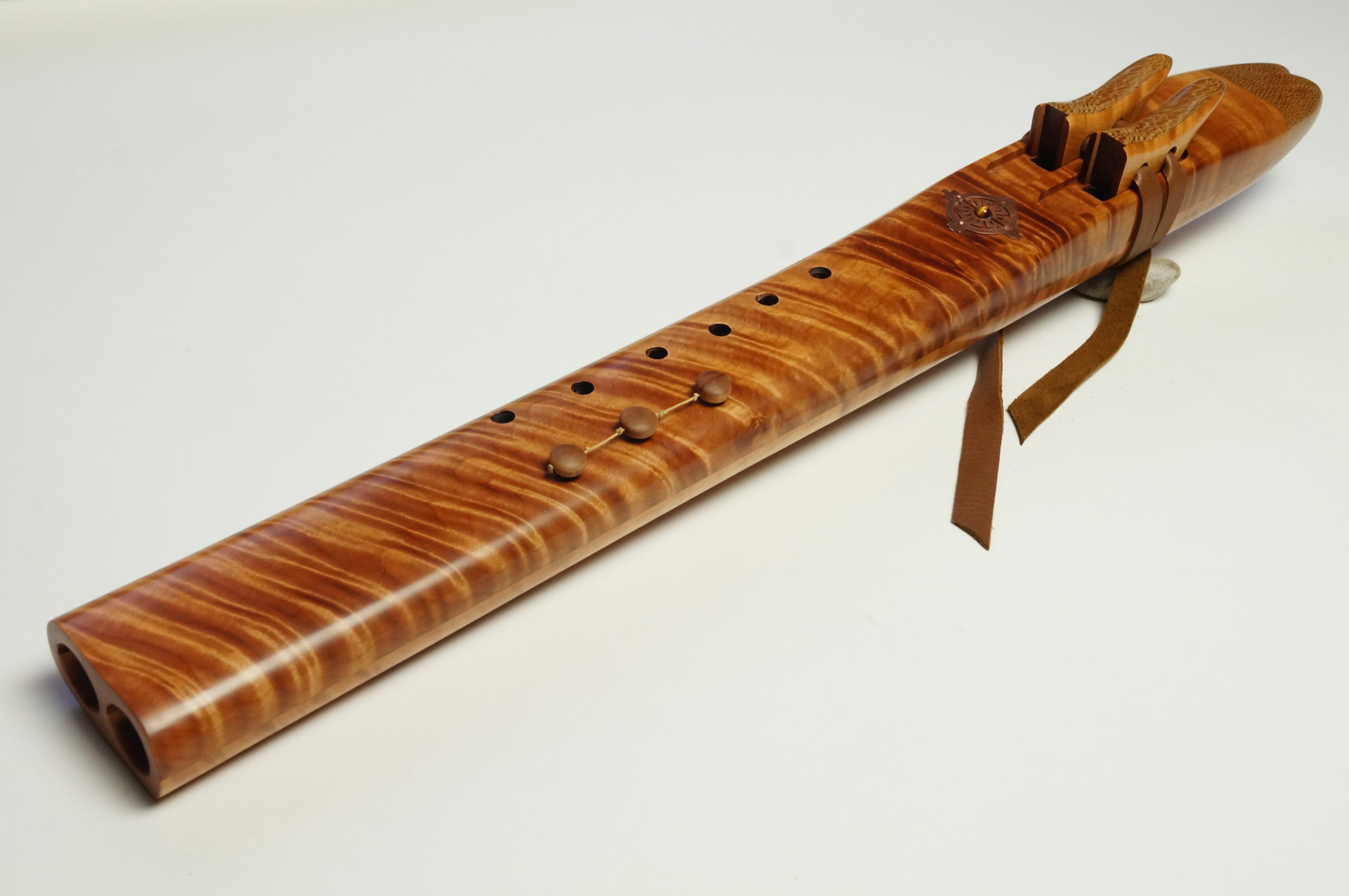

Although crafted by a Native American people, these instruments are not strictly Native American flutes since they do not have an external block.

Branches or stalks with holes drilled by insects that created sounds when the wind blew.It is not well known how the design of the Native American flute developed before 1823. Uakti, a creature with holes in his body that would produce sound when he ran or the wind blew through him. Another narrative from the Tucano culture describes In one narrative, woodpeckers pecked holes in hollow branches while searching for termites when the wind blew along the holes, people nearby heard its music. There are many narratives about how different Indigenous peoples of the Americas invented the flute. "Flute maker" is the predominant term for people who "craft" Native American flutes.Ĭipriano Garcia playing a flute of the Tohono O'odham culture, 1919. This term predominates the term "flautist". The prevalent term for a person who plays Native American flutes is "flutist". This is in keeping with the English-language capitalization of other musical instruments that use a cultural name, such as "French horn". Korean: 인디언 피리, romanized: indieon piliīy convention, English-language uses of the name of the instrument are capitalized as "Native American flute".

#American indian flute music plus
(Flutes with internal duct formed by an internal baffle (natural node, block of resin) plus an external tied-on cover (cane, wood, hide)) Native American style flute, courting flute, love flute, and many others


 0 kommentar(er)
0 kommentar(er)
